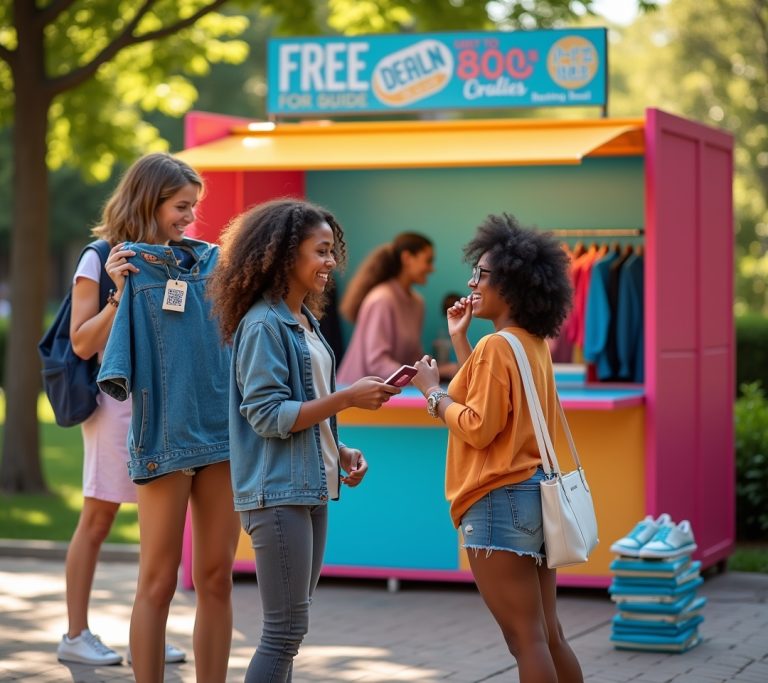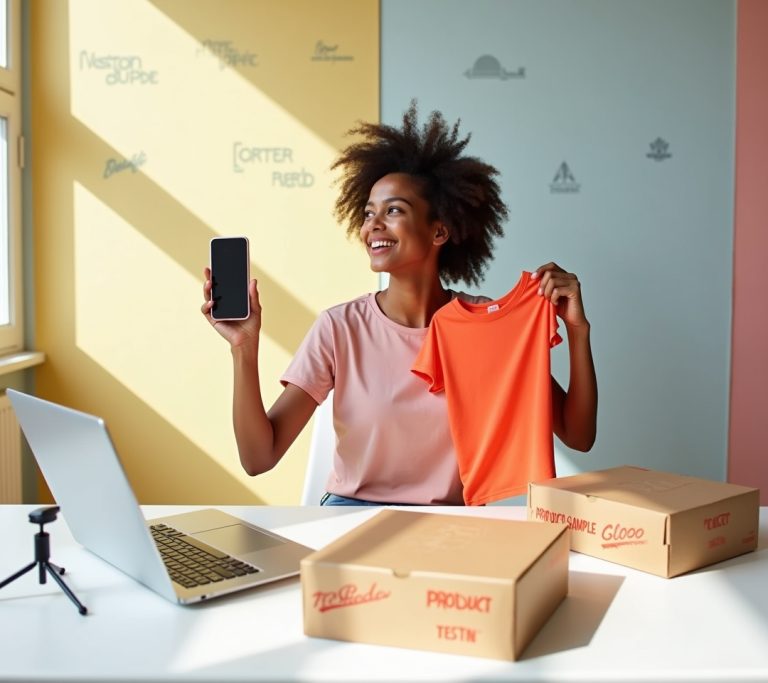Advertisements
Here’s a stat that’ll blow your mind: 95% of new products fail within their first year, and you know what the main culprit is? Rushing through the testing phase! I learned this the hard way when I launched my first fashion accessory line back in 2018. Spoiler alert – it was a disaster because I didn’t allocate enough time for proper brand testing timeline planning.
Understanding how long product testing takes isn’t just about checking boxes on a timeline. It’s about protecting your brand, your customers, and honestly, your sanity. Trust me on this one – I’ve been there, and the sleepless nights aren’t worth cutting corners.
The Reality of Product Testing Duration
Let me be straight with you – there’s no magic number when it comes to testing period length. However, most successful brands I’ve worked with allocate anywhere from 3 to 18 months for comprehensive testing. Yeah, I know, that’s a huge range!
The thing is, it depends on what you’re testing. A simple t-shirt design might need 8-12 weeks, while complex tech accessories could require 6+ months. I once spent 14 months testing a leather handbag because we kept finding issues with the strap durability – talk about frustrating!
Advertisements
Here’s what I’ve noticed affects your timeline the most:
- Product complexity and materials used
- Safety requirements and regulations
- Target market expectations
- Manufacturing processes involved
Breaking Down Your Brand Testing Timeline

Okay, so here’s where I made my biggest mistake initially. I thought testing was just one phase – boy, was I wrong! There are actually several stages that overlap and influence each other.
Initial Concept Testing (2-4 weeks)
This is where you test your basic idea with focus groups. Don’t skip this step like I did with my first product launch. Getting feedback early can save you months of headaches later. Focus group testing really does work, even if it feels awkward at first.
Prototype Development and Testing (4-12 weeks)
Here’s where things get real. You’re creating actual samples and putting them through their paces. I remember testing a jacket prototype by wearing it during a rainy Seattle week – let’s just say the waterproofing needed work!
Market Testing Phase (6-16 weeks)
This is the big one, folks. You’re getting your product into real consumers’ hands and watching how they actually use it. Not how you think they’ll use it, but how they really do. The difference is mind-blowing.
Factors That Can Extend Your Testing Period
Listen, I wish I could tell you that every brand testing timeline goes smoothly. But life happens, and so do complications. Here are the curveballs I’ve encountered:
Regulatory requirements can add months to your timeline. Fashion products might seem straightforward, but if you’re using certain dyes or materials, you could be looking at additional safety testing. CPSC guidelines are no joke, and ignoring them isn’t an option.
Supply chain issues are another biggie. COVID taught us all about this one, didn’t it? I had a testing phase stretch from 3 months to 7 months because we couldn’t get consistent material samples from our suppliers.
Then there’s the feedback loop. Sometimes your test results show you need to go back to the drawing board. It’s painful, but it’s better than launching a dud product.
Smart Ways to Optimize Your Testing Timeline

Alright, here’s the good stuff – what I’ve learned actually works to keep things moving without compromising quality.
First off, run parallel testing when possible. While you’re doing durability tests, you can simultaneously conduct user experience studies. Just make sure you have enough samples to go around – learned that one the expensive way!
Create clear testing milestones with specific pass/fail criteria. This prevents endless tweaking and keeps everyone focused. I use a simple traffic light system: green means move forward, yellow means minor adjustments needed, red means back to the drawing board.
Build buffer time into your schedule. I always add 20-30% extra time to my initial estimates. It sounds pessimistic, but it’s realistic, and you’ll thank me when unexpected issues pop up.
When to Speed Up (and When Not To)
Look, I get it – sometimes market pressure pushes you to move faster. There are ways to compress your timeline without being reckless, but you need to be strategic about it.
You can speed up concept testing by using online surveys instead of in-person focus groups. Digital testing platforms can cut weeks from your timeline. But here’s the catch – never rush safety testing or regulatory compliance. That’s where you’ll get burned, and trust me, the consequences aren’t worth it.
I learned this lesson when I tried to rush a belt testing phase to meet a holiday deadline. The buckles started breaking after just a few weeks of normal use. The returns and negative reviews cost way more than missing that initial deadline would have.
Your Next Steps Forward
Planning your brand testing timeline doesn’t have to feel overwhelming, even though it might seem that way right now. Start by honestly assessing your product’s complexity and build realistic expectations from there. Remember, every extra week you spend testing now could save you months of damage control later.
The key is finding that sweet spot between thorough testing and reasonable timelines. Every product is different, so don’t feel bad if your testing period doesn’t match what someone else did. Focus on what your specific product and market need.
Want more insights on building a successful fashion brand without the costly mistakes? Check out more of our practical guides at FashionPriceCut – we’re here to help you navigate this crazy industry with real-world advice that actually works.




This timeline info is SO helpful! I’ve been wondering why some applications take forever. Your breakdown of the 2-8 week application process explains everything. Setting realistic expectations now!
Currently in week 6 of Nike testing and your timeline is spot on! The 30-60 day testing period you mentioned matches exactly what they told me. Great to know what to expect.
Just applied to 3 programs and bookmarked this for reference. Love having realistic timelines instead of just hoping for the best. Your experience breakdown is super valuable!